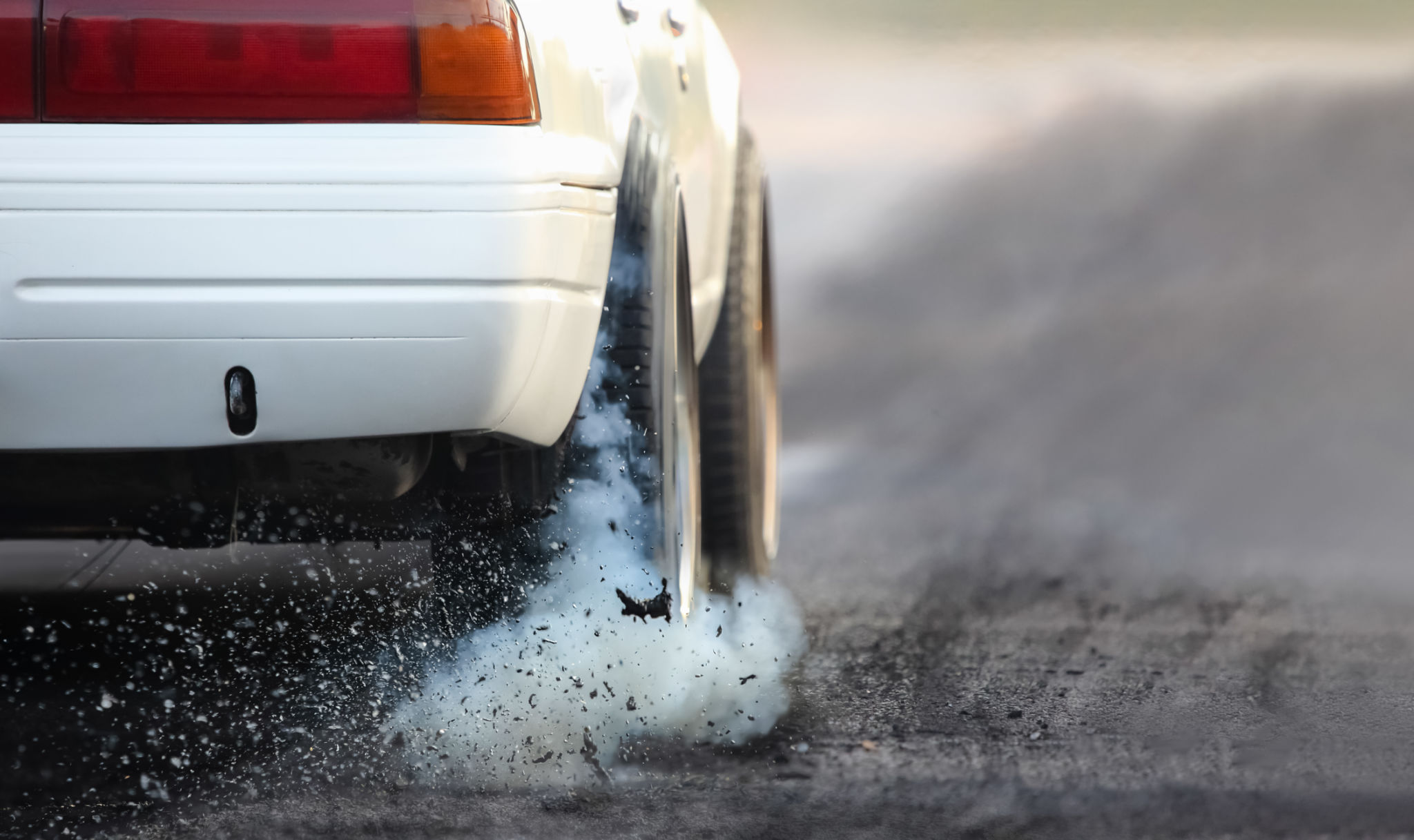Case Study: Successful Defense in a Stunt Driving Case
Introduction to the Case
In the realm of traffic law, stunt driving cases often garner significant attention due to their dramatic nature and potential consequences. Recently, our legal team achieved a remarkable victory in defending a client accused of stunt driving. This case study explores the complexities involved and the strategies that led to a successful defense.

Understanding Stunt Driving Charges
Stunt driving is characterized by driving behaviors deemed reckless or dangerous, such as excessive speeding, performing stunts, or racing on public roads. Such charges can lead to severe penalties, including hefty fines, license suspension, and even jail time. Our client's case was particularly challenging due to the high-profile nature of the incident and the initial evidence presented by the prosecution.
Building a Robust Defense Strategy
The cornerstone of our defense was a meticulous examination of the evidence. We focused on three key areas:
- Analyzing video footage from traffic cameras and bystanders.
- Reviewing eyewitness testimonies for inconsistencies.
- Evaluating the accuracy and reliability of speed detection devices.
Through this comprehensive approach, we identified several discrepancies that cast doubt on the prosecution's narrative.

Expert Testimonies and Evidence Assessment
A pivotal aspect of our strategy was the use of expert testimonies. Our team engaged a forensic analyst to scrutinize video footage frame by frame, revealing inaccuracies in speed estimations and vehicle identification. Additionally, a traffic engineering expert provided insights into road conditions and signage that may have influenced perceived driving behavior.
This expert input was instrumental in challenging the prosecution's evidence, ultimately weakening their case against our client.
The Courtroom Battle
In court, our attorneys skillfully presented the defense, systematically dismantling the prosecution's arguments. Key points included:
- Demonstrating inconsistencies in eyewitness accounts.
- Highlighting flaws in the operation and calibration of speed detection equipment.
- Presenting expert testimony that contradicted the prosecution's assertions.

The Verdict and Its Implications
The culmination of these efforts was a favorable verdict for our client. The charges were either reduced or dismissed entirely, sparing our client from severe penalties. This outcome not only provided relief to our client but also set a precedent for future stunt driving cases, emphasizing the importance of thorough evidence evaluation and expert input.
Lessons Learned
This case underscores several key lessons for legal practitioners:
- The importance of thorough evidence analysis and expert testimony in building a robust defense.
- The value of challenging conventional evidence such as speed readings and eyewitness accounts.
- The necessity of crafting a narrative that resonates with both judge and jury by highlighting reasonable doubt.
Conclusion
The successful defense in this stunt driving case demonstrates the critical role of strategic planning and expert collaboration in legal practice. By meticulously dissecting evidence and presenting a compelling narrative, we achieved justice for our client. This case serves as a reminder of the complexities inherent in traffic law and the importance of diligent legal representation.
